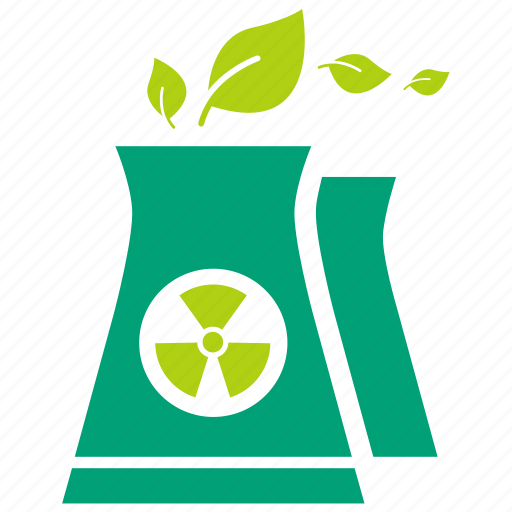

It shouls be intrinsically safe. The water has a massive heat capacity and is an excellent shield for radioactivity. Also, recovery, if that’s what we want, is much easier, as we are recovering a solid material, rather than containing spreading sheen of tens of thousands of barrels of oil.
Nuclear reactors on land have real, demonstrated liabilities, but, in my opinion, the story would be very different over water.











Some friends of ours strapped down their roof for Hurricane Georges. They lived in a wood frame house on a hill and knew better than to just trust that everything would be ok.
Anyway, they still had a roof after the hurricane, but the winds were still strong enough to lift the roof up, damaging the joints between the rafters and the main posts holding the roof up. This damage I saw with my own eyes.
Wind shear can be remarkably strong at 140 mph, blowing across a roof like that. It would be a shame to lose the house because you didn’t take two hours to put some straps over it.